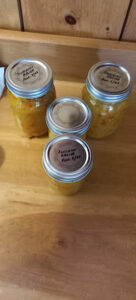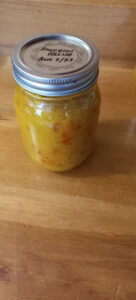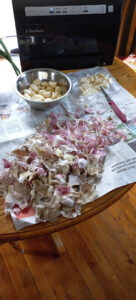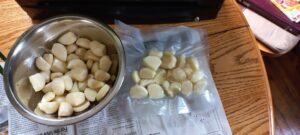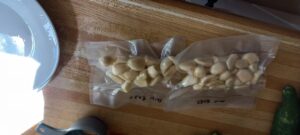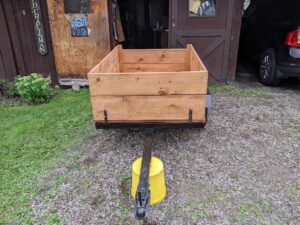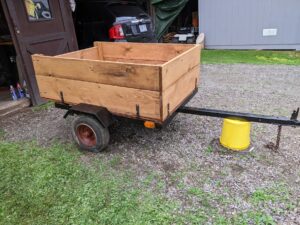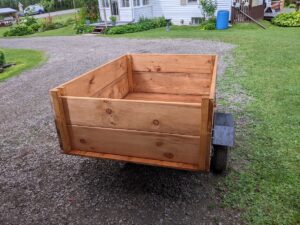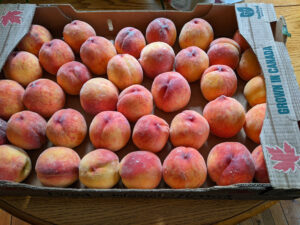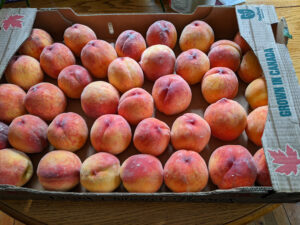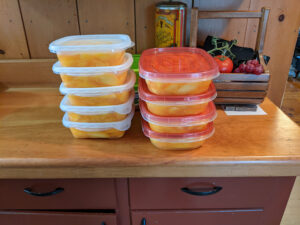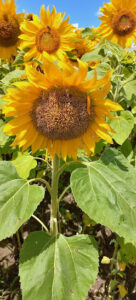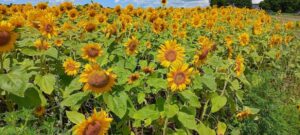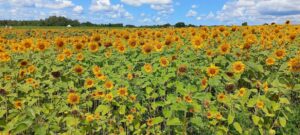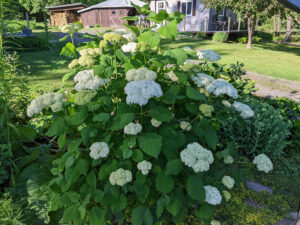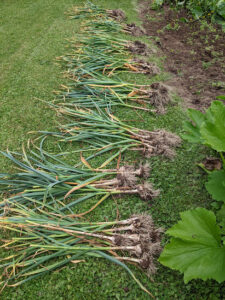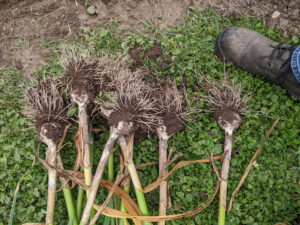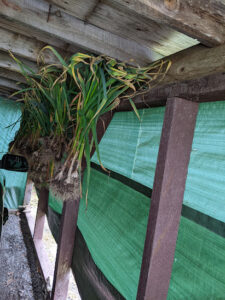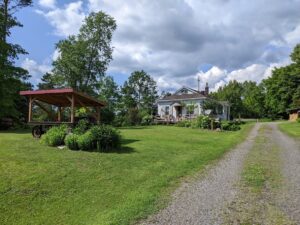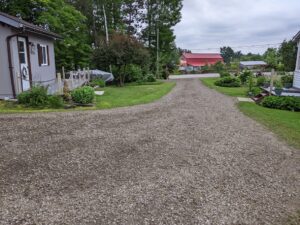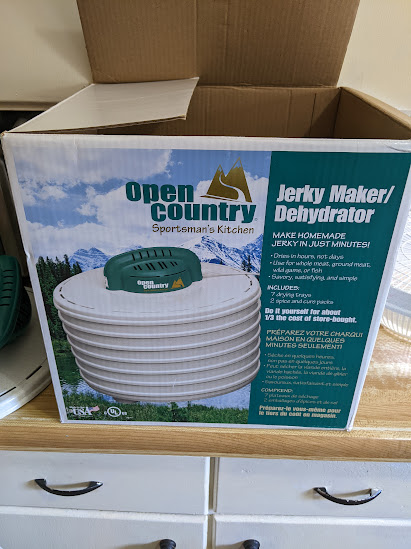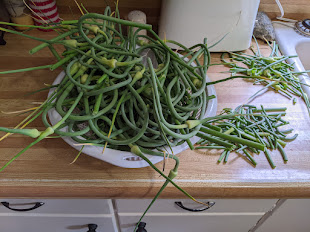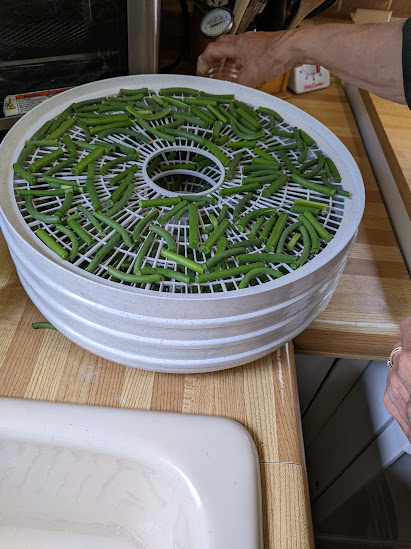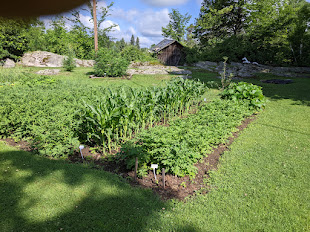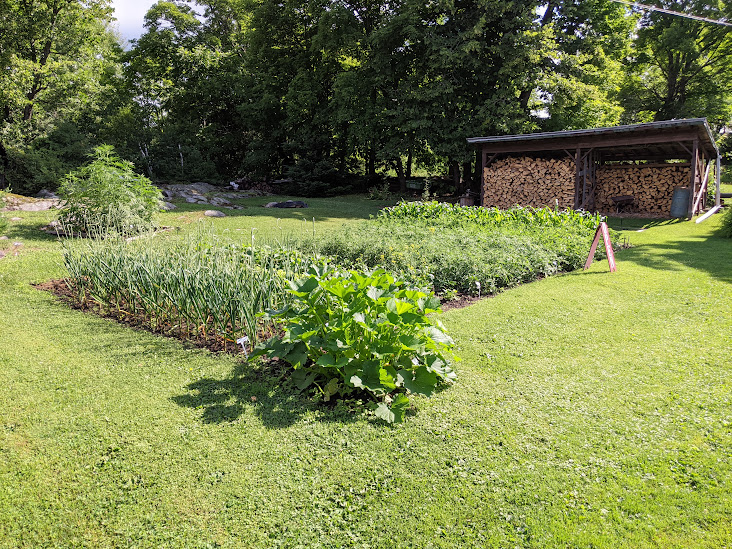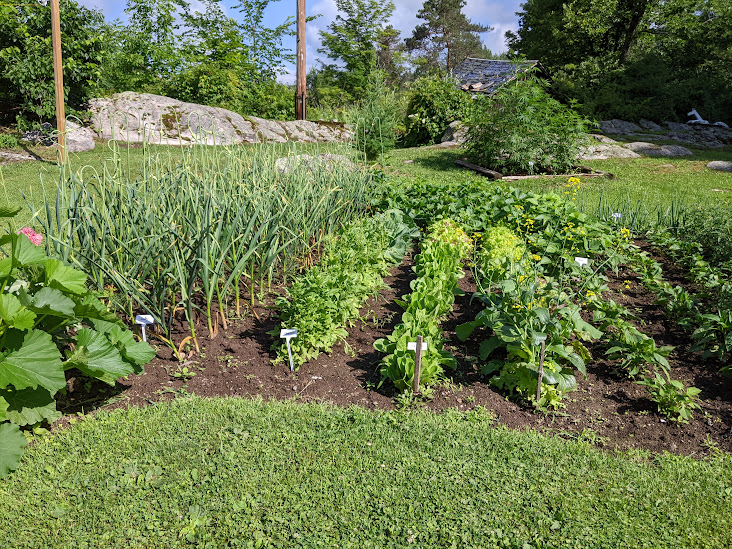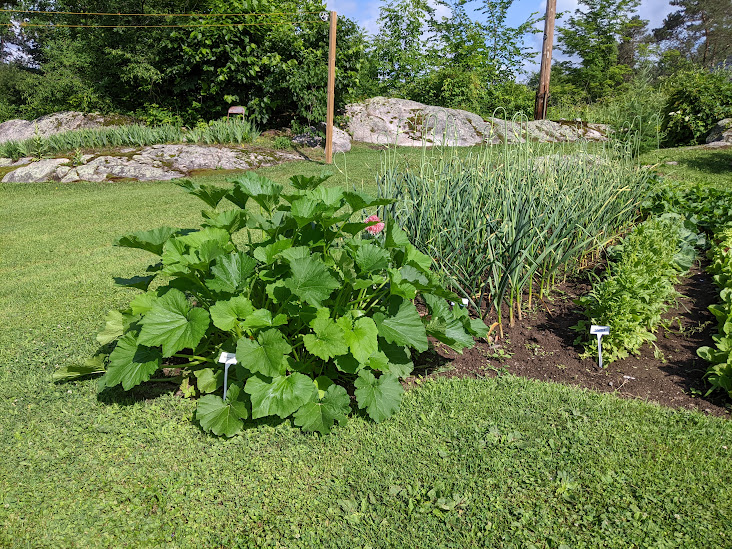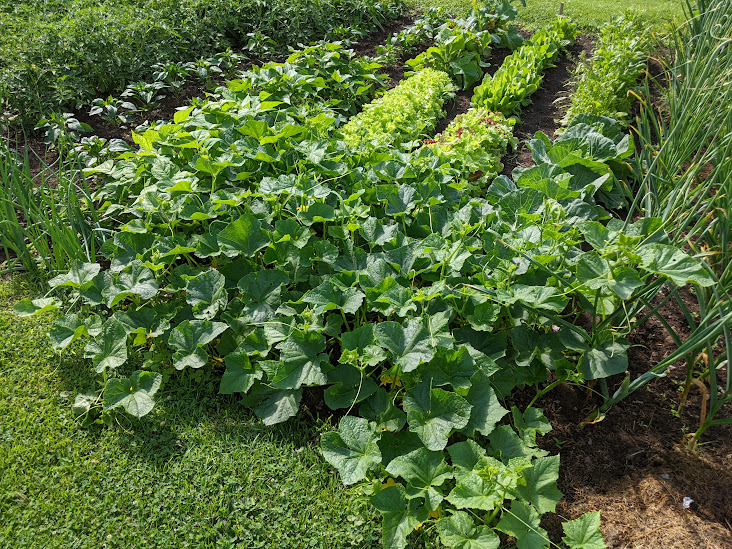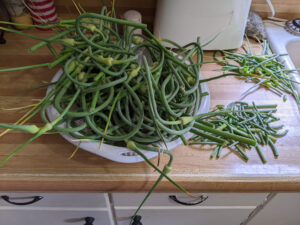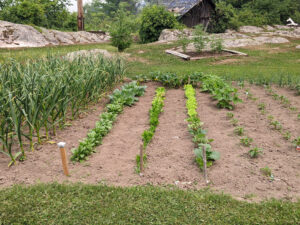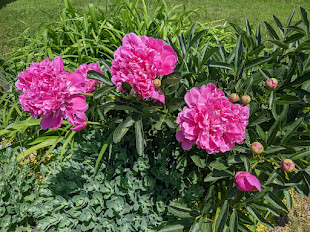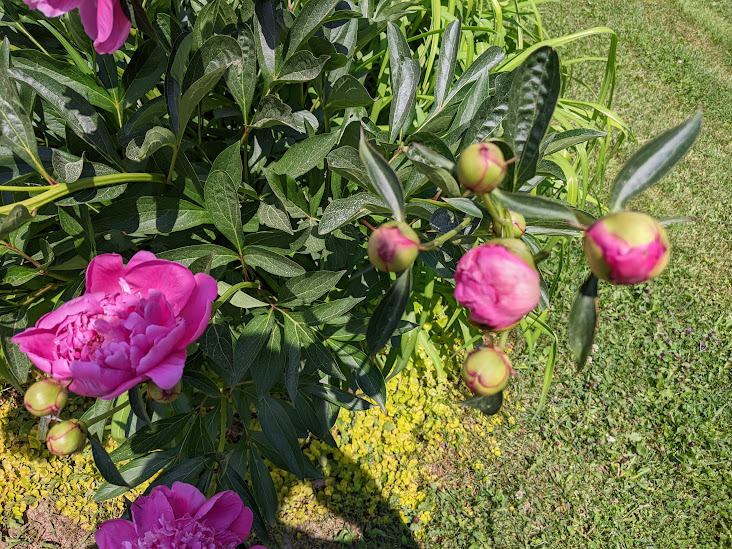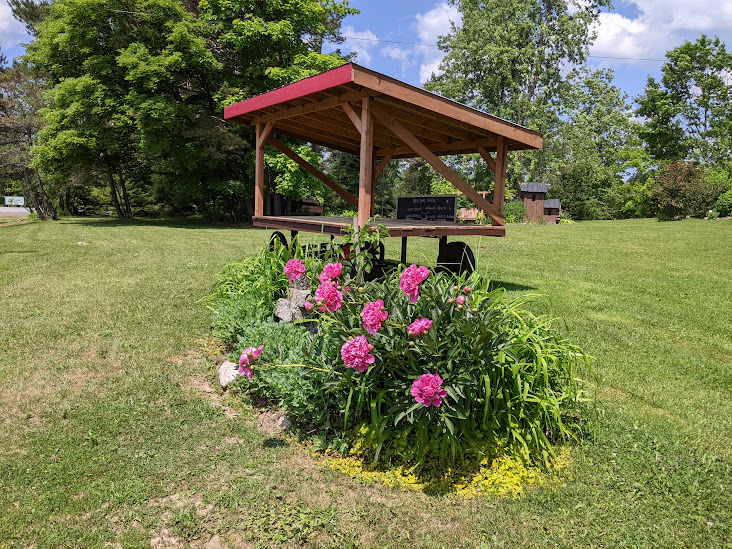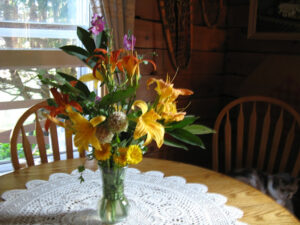Some have asked. George, why not rustle up some good ol’ farmer advice with a pinch of humor for y’all!
Alright then, so listen up, Canada! It’s high time we put on our gardening gloves, grabbed a shovel, and started growing our own veggies and fruits. Why, you ask? Well, let me tell ya!
First off, let’s talk self-reliance, folks. We Canadians are known for our maple syrup, hockey skills, and, of course, being polite. But it seems lately that we have become too dependent on other countries for our grub? What we need to do is take matters into our own hands and grow our own darn food!
Now, imagine this: you step outside your door, pluck a juicy tomato straight off the vine, take a bite, and savor the explosion of flavor. There is no way that store-bought tomatoes can compete with that freshness! You’ll be saying, “Move over, ketchup, I’ve got my own homegrown goodness!” Trust me, your taste buds will thank you.
But hey, it’s not just about taste. It’s about knowing what goes into your food. When you grow your own produce, you’re the boss of your garden kingdom. You decide whether to go all organic or add a little somethin’ to keep the critters away. No more mystery chemicals or pesticides. You’ll be the captain of your own pesticide-free ship!
And let’s not forget the savings. Money doesn’t grow on trees, but fruits sure do! By growing your own veggies and fruits, you’re saving those hard-earned loonies and toonies. Sure, there might be some initial costs for seeds and tools, but think about the long-term savings. Your wallet will be thicker than a lumberjack’s beard! Actually, there are a lot of folks growing beards these days, and I am not sure why. Ha ha
But here’s the kicker: we’re not just talking about being self-reliant here, we’re talking about a full-blown gardening adventure! Picture yourself with your overalls, straw hat, and an abundance of veggies. You’ll be part farmer, part superhero, providing for yourself and your loved ones. It’s like having your own personal farmers’ market right in your backyard!
So, folks, let’s roll up our sleeves, grab a shovel, and get down and dirty. Let’s grow our own fruits and vegetables and show those other countries what we’re made of! Remember, with a little humor, a lot of love, and some good ol’ Canadian spirit, we’ll be harvesting the sweetest, juiciest produce this side of the North Pole. Happy gardening, eh?

